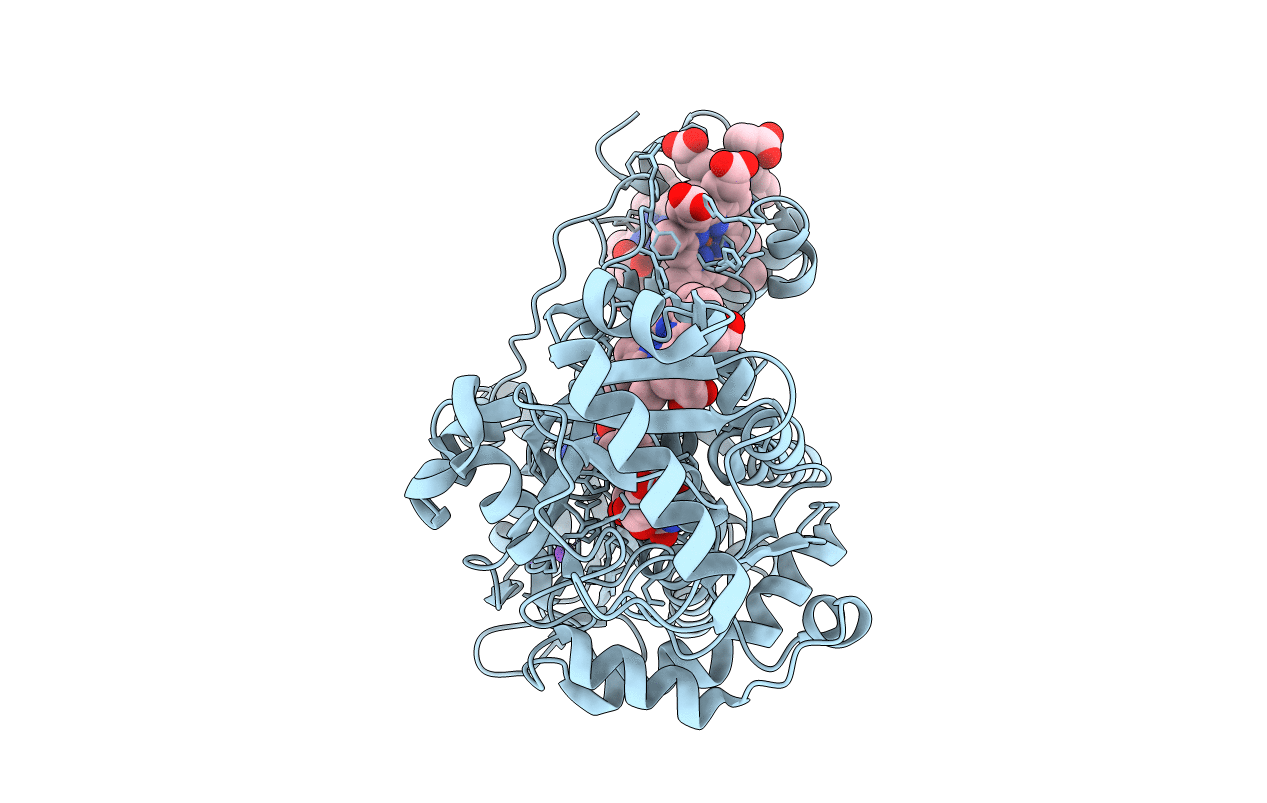
Deposition Date
2005-10-05
Release Date
2006-05-23
Last Version Date
2024-10-16
Entry Detail
Biological Source:
Source Organism:
Shewanella frigidimarina (Taxon ID: 56812)
Host Organism:
Method Details:
Experimental Method:
Resolution:
1.70 Å
R-Value Free:
0.18
R-Value Work:
0.15
R-Value Observed:
0.15
Space Group:
P 1 21 1


